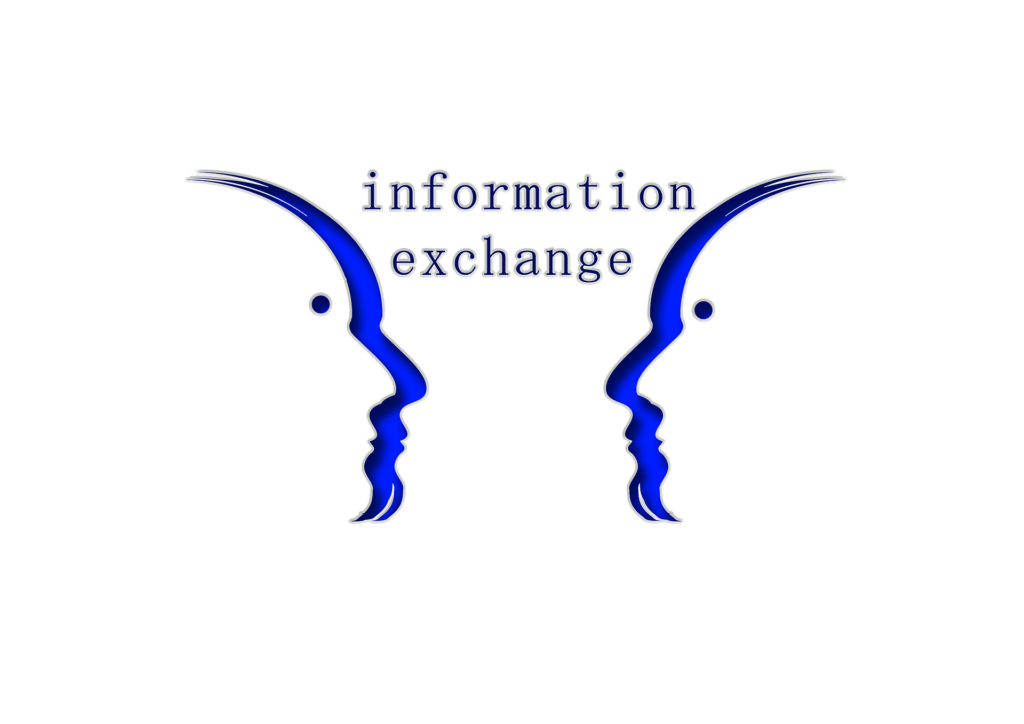Ausubel’s Theory of Verbal Learning

Table of Contents
Verbal Learning
Verbal learning is imparted when teaching is through talk or lecture. Learning of this type helps in the acquisition of verbal behaviour. The language we speak, the communication devices we use, are the result of such learning.
Rote learning, rote memorisation which is a type of school learning are also included in verbal learning. Signs, symbols, pictures, words, figures, sound and voices are employed by the individual as essential instruments for engaging in the process of verbal learning.
Verbal learning is often considered as a passive learning experience, as the action is completely undertaken by the teacher. The students are looked upon as inactive or passive recipients of knowledge.
Asubel’s Theory of Meaningful Verbal Learning
Disagreements of Asubel
David Ausubel disagreed with the view that –
- Verbal learning is a passive learning experience.
- Action is completely undertaken by the teacher.
- Students are inactive and passive recipients of knowledge.
Ausubel’s View
According to Ausubel –
- Verbal learning is a meaningful transaction of knowledge.
- Students are not completely passive.
- Whatever is being presented by the teacher, students are actively incorporating it into his/her existing cognitive structure.
According to Ausubel, learning is equal to “Subsumption” which is the inclusion of new information into an existing cognitive structure.
Subsumption : It is inclusion of new information meaningfully to an existing cognitive structure.
Related Topic : Ausubel’s Advanced Organiser Model
Process of Verbal Learning
The verbal learning follows the sequential process of –
- Recognising
- Relating
- Meaningful Learning
Verbal learning starts with Recognising the verbal information, next Relating this new information to what already exists in the child’s cognitive structure and as a result of these processes, Meaningful Learning happens.
For example –
If the teacher want to teach students about ‘Moths’. Then according to Ausubel, the pattern of learning includes-
- Recognition of the organism as an insect or small-winged creature i.e. placing the new information in some existing category of child’s cognitive structure.
- Relating this information with what is already exists in his cognitive structure. This is done in terms of comparing the new information ‘moth’ to what already known about insects, in terms of similarities and differences. Like comparing with already known ‘Butterfly’.
- Resulting in Meaningful Learning of information.
Now, this process of meaningful verbal learning is based on the following key points –
Subsumer : It is a conceptual framework, wherein higher level concepts include (Subsume) other ideas. Cognitive Structure is the Subsumer
Subsumption : The process of building cognitive structure by subsuming new information into it is called Subsumption.
Subsuming of Information
Subsumption takes place in two vital ways :-
Derivative Subsumption
When the new information is derived from already existing structure, the process of derivative subsumption takes place.
Example – If a general of ‘mammals’ is already present in the cognitive structure, then the example of a horse, elephant etc, even when presented a new information, is derived easily and therefore is easily learned.
Correlative Subsumption
When the new information requires that the existing structure be altered, correlative subsumption takes place.
Example – If a general idea of ‘mammals’ is already present in the cognitive structure, the new information like whale as example requires that the cognitive structure will have to change to accommodate new kind of mammal.
This type of learning is more challenging, yet when acquired, is better remembered.
Recalling of Information
Dissociative Subsumption
Remembering is dissociative subsumption and it requires the ability to separate new learning from the old. Recalling of information depends upon the way of learning of information like :-
(1) Information which is similar to what already exists (Derivative Subsumption) – Here learning is faster because of similarity but it is difficult in recalling.
Example – Students would learn easily the comparison of organ system of animals like cockroach, frog, human because of similarity of information. But the learner face difficulty to recall the information because of high degree of overlap in information.
(2) Information is unique and different from what is already exists (Correlative Subsumption) – Here, learning is hard because change is required in cognitive structure but easy to recall once it is learnt.
Example – It is difficult to learn all organ system of a particular organism, say, human, due to difference in information but easy to recall because of distinctness of information.
In this way, David Ausubel described that verbal learning is an active participation of student’s learning.
Implications of Meaningful Verbal Learning
(A) Use of Advanced Organiser : The major implication of Ausubel’s Theory of verbal Learning for classroom practice is the use of an “Advanced Organiser”.
Advanced Organiser serves the purpose of providing a conceptual framework on which the students can anchor new ideas being elaborated by the teacher. These new ideas can best be introduced from the general to the specific.
Advances Organiser introduces the main idea and makes all the relationships between these ideas explicit. It is like an overview of the lesson. To aid learning and retention of information, the advanced organiser must emphasise both similarities and differences between the new and old information.
There are two types of advanced organiser :
- Comparative Advanced Organiser : This type of advanced organiser is based on derivative subsumption and involves direct comparisons.
- Expository Advanced Organiser : This type of advanced organiser is based on oblique and not on direct comparisons.
(B) Lecture Method becomes effective
If the lecture method is organised on the basis of the theory of verbal learning, then lecture method becomes effective and not passive for students.
(C) Theory of verbal learning provides the Idea that –
- Teacher should assess child’s existing cognitive structure before introducing new information.
- When new information is facilitated which is similar to the existing one, then points of similarity must be established.
- When new information is facilitated which is different from the existing one, then points of dissimilarities must be established.
- For affective recall of information, the difference between new and existing knowledge must be highlighted.
Related Topic : Programmed Instruction



